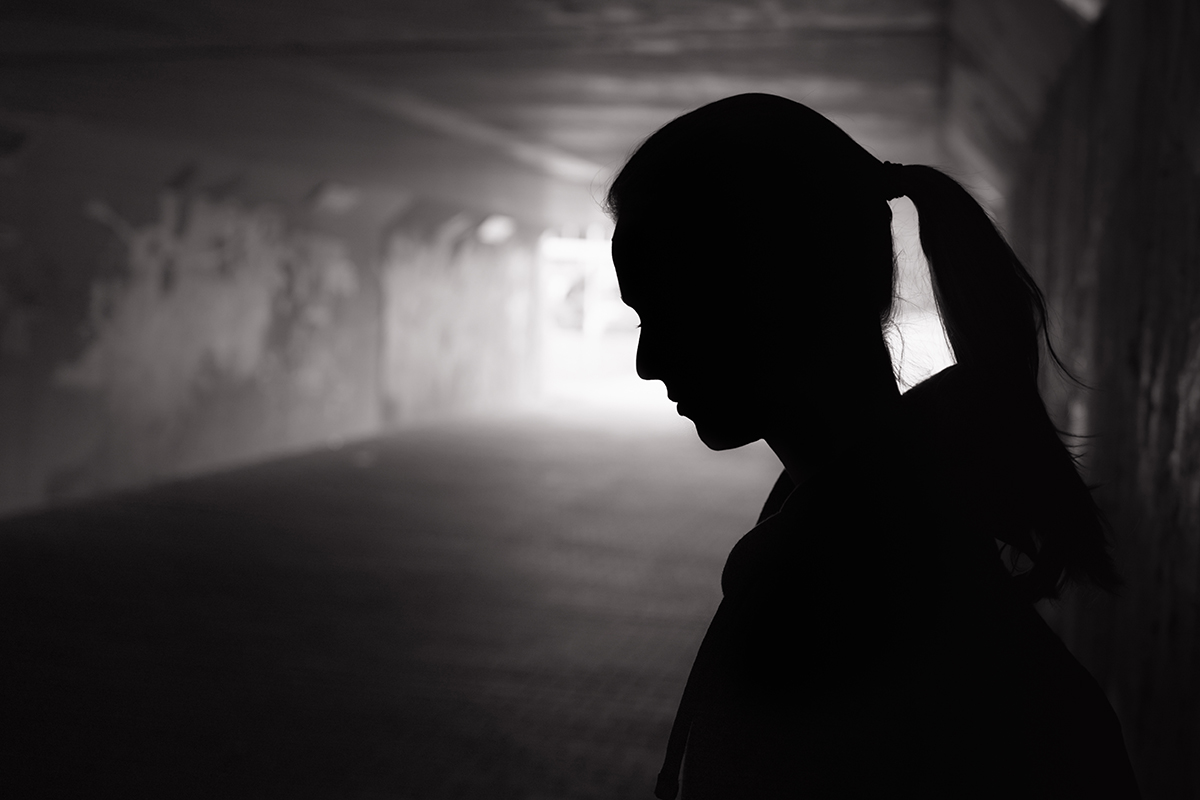The Face of Suicide Deaths

The face of suicide deaths is rarely what we expect. This is as true of demographic groups as it is of the neighbor or friend whose tragic death we mourn.
While many people mainly associate suicide with teenagers, this is a misleading stereotype. If suicide had a face, it would more likely be the face of an adult Native American/Alaskan Native or white male.
In 2021 the suicide rate among whites (adjusted for population growth and age) was 17.4 people per 100,000. That is almost twice the rate of suicide for blacks, Hispanics and Asian or Pacific Islanders. With a suicide rate of 28.1 deaths per 100,000 people, however, Native Americans/Alaskan natives have the highest suicide rate by far.
Sex and age also make a difference. While women attempt suicide more often than men, men are almost four times as likely to die from it. In addition, the suicide rate among teenagers is less than half that of the rate for all other age groups, including those 65 and older. The highest suicide rate is found among those aged 26 to 44. A Look at the Latest Suicide Data and Change Over the Last Decade | KFF
Suicide risk is affected by location as well as by race, age and sex. Although it is true that more suicides take place in cities than in rural areas, this is only because urban populations are so much larger. Per population, people living in rural areas are 70% more likely to die by suicide than their urban counterparts.
From 2011 to 2021 the suicide rate increased for all of the above-mentioned demographic groups. However, not all groups are increasing at the same rate. The increase in suicide rates for American Indians and Alaskan Natives is especially alarming. Between 2011 and 2021 the suicide rates for these groups went up an astonishing 70%. This upward trend is even older than these figures suggest. Between 1999 and 2019 suicide rates among native American and Alaskan native men actually increased by 139%.
Since 2011 the suicide rate among blacks has risen 60%. In contrast the Asian American suicide rate has risen 16.7% and the rate for whites increased by a relatively low 12.3%. Hispanics landed at the high end of the middle with an increase of 39%.
Whether the suicide statistics of a population are already high, or steeply rising, every single death by suicide is one death too many. Statistics can help us recognize some of the unexpected faces of suicide. Once they are identified, however, wanting to help is not enough. People who care must also have an idea of what to say and do.
In spite of good intentions, this isn’t always easy. Many people feel helpless and unprepared for talking to someone with suicidal ideation. They are afraid of saying something to make the situation worse and may therefore not say anything at all. Unintentionally, their fears may lead to even greater isolation for those who are suffering.
There are several options for those who want to be prepared to help a loved one who is struggling. This includes short workshops such as “Mental Health First Aid” and QPR (Question, Refer, Persuade) training. With just a few hours of training, attendees can gain the knowledge and confidence they need to help those who are suffering from suicidal ideation. Classes can be found at Mental Health First Aid and QPR Institute | Practical and Proven Suicide Prevention Training QPR Institute (en-US) .
When training isn’t an option, it’s also possible to learn from reading. The American Foundation for Suicide Prevention (Home | AFSP) has a very robust website with many resources. The AFSP also has local chapters in many areas.
In Rushville, Indiana, Rush Memorial Hospital offers several suicide-related support groups. Support Groups – Rush Memorial Hospital .
